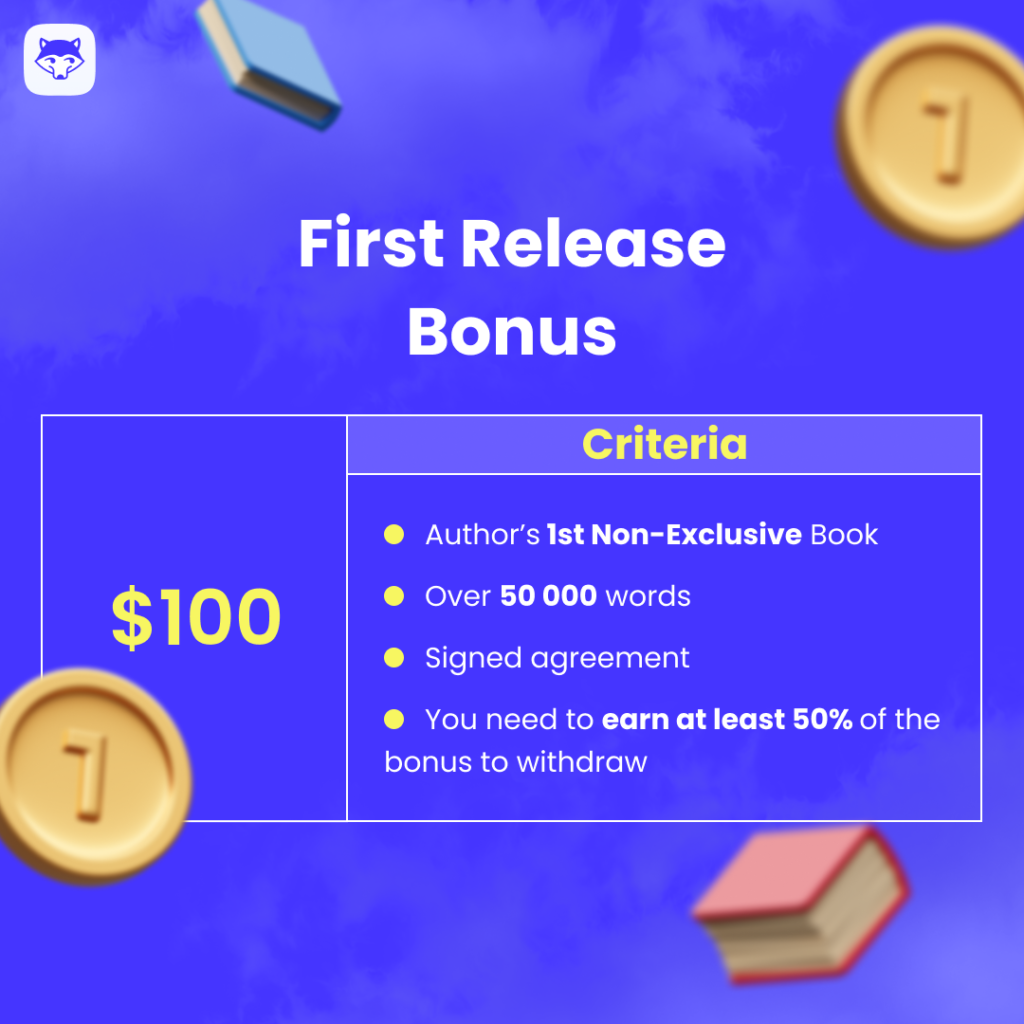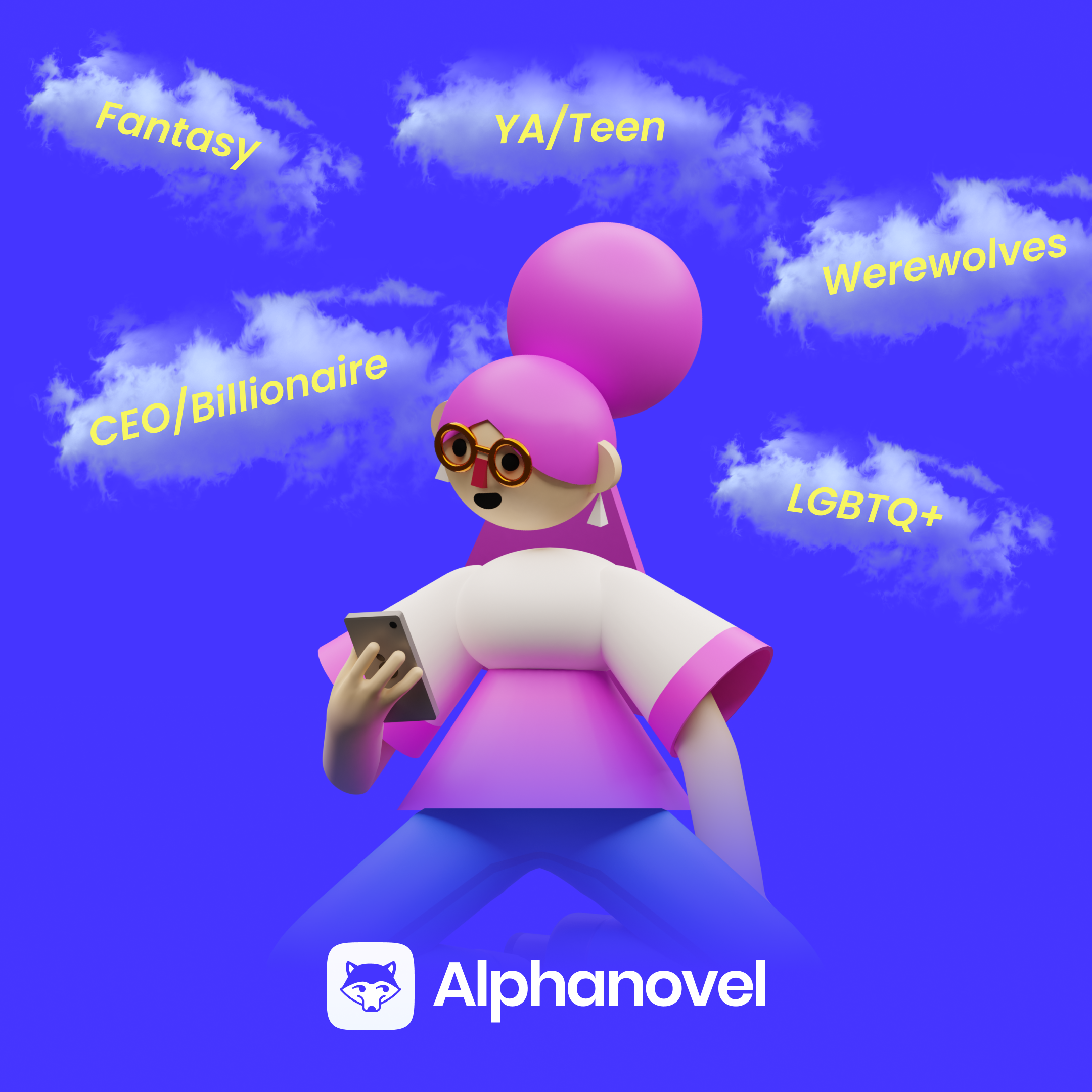Looking for something out of the ordinary? Craving romance stories with a different kind of twist? Picture this: Vampires, Werewolves, Lycans, Dragons, Witches, Prophecies, Royalty, Matebonds, Transmigration and so much more. Love the picture? Great! We love it too! Search no further because AlphaNovel presents to you a carefully curated list of the ten best fantasy romance books to sate your cravings 😉
Sit tight as we delve into enchanting worlds where love meets magic.
Marrying The Vampire Prince (#1 of the Vampire Prince Series)
Snowqueencel takes us through the world of Nicole Jane Parker, a twelfth grader who longs to fill up the gaping hole in her heart, the emptiness in her life that stems from growing up in a rich home with parents who are constantly away and no friends to call her own. Things take an interesting turn for her when she gets transferred to the Clarkson Academy and she meets the Pureblood Prince of Vampires–Kyle Clarkson. The catch? She is destined to be his bride.
Destined brides, vampire princes and fangs – this steamy mix is everything you didn’t know you needed!
His Caged Princess
A shielded princess. A dark, vengeful heir. A prophecy. The author, Moonlight Muse has us hooked in a world where light meets darkness and clashes. Will the heir who wants nothing but to get revenge on the royals for obliterating his clan and family save the princess from the shackles that have kept her bound all her life? Will she lead him to the light before it is too late? Will they fight together to protect the kingdom from the impending doom barreling their way or will all be lost?
What do we say to this? Yes or yes?
What Your Love Felt Like – The Dragon Saga
Yes! Dragons! A book that holds your heart till the very end. You flip through each page with bated breath, wondering what Frost has next for you. A snippet? Sure.
“She was just supposed to be a pawn in the game of thrones i played. A nanny for my son and perhaps, a little entertainment in my bedchamber as well. Why then did I have to risk it all for her sake? Why was I willing to take a second chance? She was just human, and I had not felt this way, not even for my dragon queen. Yet, my feelings intensify, even if I know deep in my heart that we are no match.”
The War King Rejected Bride
What is even more intriguing than a forced marriage? A forced alliance with a war god! Princess Letitia is given away to the most ruthless being, a king above all kings, Dharium, the king of Nytias. But it had not been her place to begin with. It was her sister he had desired, and they had shipped her off to him like she was irrelevant.
He was brutal, and she was kind. His life was filled with darkness and she was his only light. There couldn’t be a more opposite pair. However, like they say, Opposites Attract.
The Vampire’s Kiss
Stalker alert! Wilfred Bright has us craving a vampire stalker of our own in this intriguing page-turner. Let us paint you a picture:
You wake up to love bites on your neck everyday. It doesn’t matter that the doors and windows are locked — he always finds his way into your house, gifting you nothing but love bites as souvenirs.
You have a stalker, you soon realize. It leaves you in fear and discomfort, wondering who it could be every single day. A lover from your past or a stranger?
You find out soon enough. He is both. Your ex has returned, a complete stranger, and now he has a thing for blood and your neck, it seems. He’s a vampire.
The Vampire Brothers
A fan of the vampire diaries? Great! This one’s for you. The O’Connor brothers return to Arcadia after five hundred years of running and hiding. When their ripper brother returns and a Vampire Huntress learns of their unique family, she is left with two choices–work with them to defeat the Vampire King or slay them.
The Sultan’s Bride
Hold up. An Arab King? You heard right! To save her family and her empire from destruction, Princess Gulaab accepted the proposal of a twisted sultan. All she knew of him was the conspiracy against them and her belief that she was all that stood in the way of his plans drove her to utter those words to him.
“I do.”
Has she damned herself to a life of torture, hatred and brutality, or has she opened the doors to new possibilities in her life?
Check it out, you know you want to 🙂
Twisting Destiny
Transmigration at its best! After dying in a tragic accident, Rhianne finds herself in a novel world as a character, however, she soon realizes that once again, fate is not on her side. To avoid her tragic ending in the novel, Rhianne decides to change her path completely, taking different steps from what the novel has set out for her.
But the story has been written, and the novel must pan out the way it is supposed to.
Rhiane must rewrite her story if she wishes to live. She must not fall in love again.
The Search For Freedom
A man and a woman assigned to different missions–murder every evildoer that exists on the planet. When Lil and Kaila meet, they hide the secrets of what they really are from each other, choosing instead to feign innocence than admit to the other that they are assassins.
When their curse has them placing their knives at each other’s throats, they must decide if they will run from it or kill each other.
A fresh narrative, a different world that you just might fall in love with.
Three Realms
After she is left for death in a lifeless realm, Xena sets out to take revenge on her tormentor, Xavier. With the help of Levi, her savior, she grows stronger and better, enough to challenge Xavier to a duel, a fight to the death.
At the last minute, with Xavier about to finish Xena off, Levi steps in, sacrificing his life for Xena’s. The rage has Xena discovering powers she never knew existed, and when she raises Levi from the dead, she finds that she might have awakened things that had better been left asleep.
There you have it! Ten best fantasy romance books to add to your library today and binge on. Happy reading! 💖




















